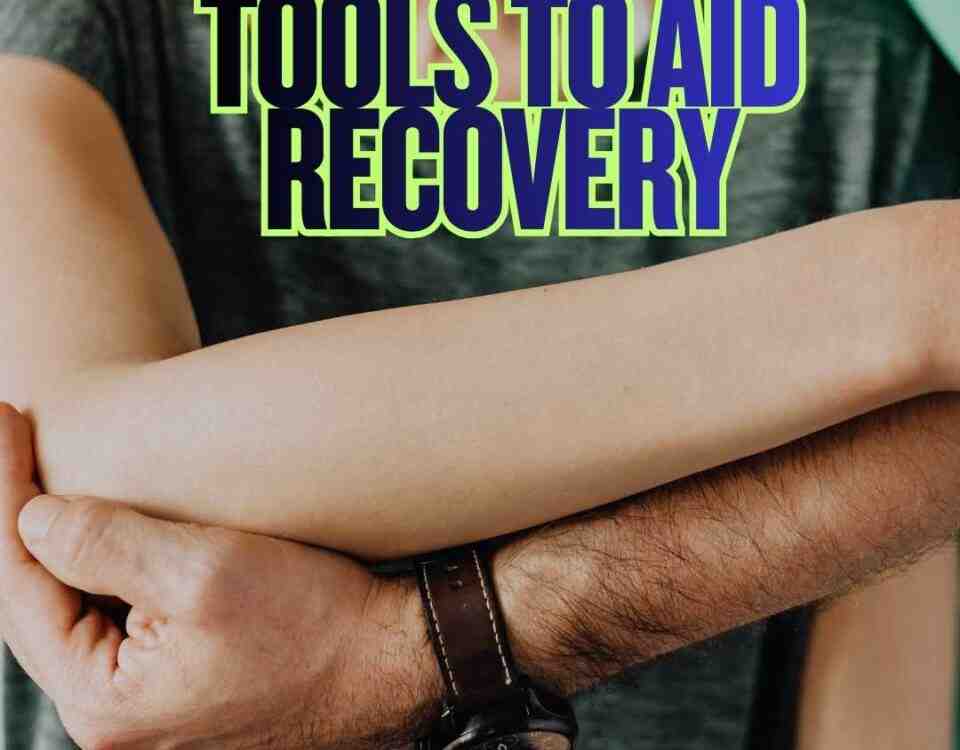What is Frozen Shoulder?

Tips on Core Stability and Plank Exercises
March 20, 2024
Dangerous Drowsy Driving
March 20, 2024Frozen Shoulder
Motor vehicle accidents (MVAs) can lead to a myriad of injuries, some of which may not show up immediately following the incident. At Chambers Medical Group, our job is to find those different injuries and get them back on the road to recovery. One such injury is frozen shoulder, also known as adhesive capsulitis. Dr. Aaron Workman, a team member of Chambers Medical Group, one of the highest rated auto injury medical care clinics in Lexington, demonstrates that understanding the relationship between MVAs and frozen shoulder is important to heal and recover from this condition.
What is Frozen Shoulder?
This condition typically occurs with the symptoms of pain, stiffness, and limited range of motion in the shoulder joint. It usually develops slowly over time and can significantly impair a person’s ability to perform daily activities and tasks. The shoulder will start to feel stuck in place and any movement will make it hurt worse.
Following an MVA, patients may experience a wide range of trauma including whiplash, concussion, fractures, or soft tissue damage. The forces involved in a MVA can cause the shoulder joint to undergo extreme stress and strain, leading to inflammation and irritation of the surrounding tissues. At first you are likely to guard the shoulder and not use it as frequently. Unfortunately, this can result in the formation of scar tissue and adhesions within the shoulder joint, restricting movement and causing the symptoms of frozen shoulder to develop. Onset following an MVA can vary from weeks to months after the initial injury making it challenging to link the condition directly to the MVA.
Stages of Frozen Shoulder:
The symptoms of frozen shoulder typically progress through three distinct stages: the freezing stage, the frozen stage, and the thawing stage. During the freeze, individuals may experience increasing pain and stiffness in the shoulder joint, making it difficult to move the arm and perform daily activities. This stage can last for several months and is often the most limiting phase of the condition.
As the condition progresses into the frozen stage, the severity of symptoms may peek, but the limited range of motion in the shoulder joint persists. Patients may continue to experience pain and stiffness, particularly with certain movements or activities.
In the final thawing stage, the symptoms gradually improve and the range of motion in the shoulder joint starts to normalize. This can last for several months to years, depending on the severity of the condition and how well the patient kept up with their therapy.
How is it Diagnosed?
Diagnosing a frozen shoulder post MVA can bring its own challenges, as the symptoms may overlap with those of other shoulder injuries or conditions. Chambers Medical Group doctors typically use a combination of physical exam, history, and MRI scans, to evaluate the extent of shoulder damage and rule out other possible causes of symptoms.
How is it Treated?
Treatment often involves a combination of therapeutic modalities aimed at reducing pain and inflammation, restoring range of motion, and improving the overall function of the shoulder. This may include stretching and strengthening exercises, ultrasound therapy, anti-inflammatory medications, injections, and dry needling.
Frozen shoulder is a common but sometimes overlooked consequence of MVAs. Early intervention and therapy are essential for optimizing the patient’s healing time. Remember, frozen shoulder might feel overwhelming now, but with the right treatments it is something you can overcome. It may take time, but it is important to stay patient and keep working on getting your shoulder back to its normal strength.
— This article is written by Aaron Workman, DC, one of the members of Chambers Medical Group’s team of car accident chiropractors who offer a variety of treatments and therapies ranging from diagnostic testing to various soft tissue therapies for car accidents and injuries in Kentucky.
- Car Accident Medical Clinic in Tampa
- Car Accident Medical Clinic in Plant City
- Car Accident Medical Clinic in Brandon
- Car Accident Medical Clinic in Lakeland
- Car Accident Medical Clinic in Sarasota
- Car Accident Medical Clinic in Louisville
- Car Accident Medical Clinic in Lexington
- Car Accident Medical Clinic in Florence




